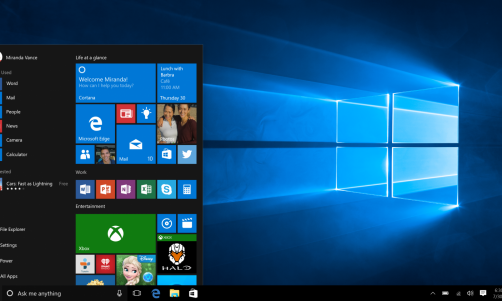The universe offers endless possibilities, which makes looking at the skies to withness even the slightest celestial event something fascinating for many.
From the changing moon phases to the streaks of meteors passing by and dancing rays of light in the sky, it is always an amazing experience to bear witness to these celestial events. And with 2022 about to reach its end in just a few weeks, here are some dates you can cross off your calendars to catch some of these astronomical events you would not want to miss:
1. The Leonids Meteor Shower, November 18-19
The Leonids is a common meteor shower with an average of 15 meteors per hour production, which reaches its peak once in a cycle of 33 years.
According to Thrillist, this phenomenon, which was last seen in 2001, can produce up to more than 1,000 meteors per hour.
The shower runs from November 6 to 30, but it will be best to view it in the night skies on November 18-19 when it peaks as it radiates the constellation Leo.
2. Mars Is At Opposition, December 8
Photo Pills writes that during this time, Mars will be closest to the Earth, and its face will be completely visible as the Sun illuminates it.
During this time, it will be best to view the planet as it will be bright all day and night, which means that mars will be lit and visible all night long.
However, even if Mars is at its nearest to the Earth, it might still be difficult to see some of its parts with the naked eye, which is why using a telescope might be useful.
3. The Geminid Meteor Shower, December 13-14
The Geminid meteor shower is considered the best one to view as it often produces as many as 120 multicolored meteors during its peak.
According to the Smithsonian Magazine, this shower is a result of 3,200 Phaethon that orbits the Sun and leaves trails of dust and rocks in outer space.
Sea Sky says that it will be best to view the Geminid meteor shower from a dark location after midnight as the meteors will radiate from the constellation Gemini.
Read More: First Half of 2023: Astronomical Events to Look Forward To
4. Comet 81P/Wild Is At Perihelion, December 15
Photo Pills reports that the Comet 81P/Wild will approach the Sun at its closest proximity on December 15 at the perihelion.
The comet, once at perihelion, will ascend on the right at 13h 47m 50s, and decline at +9.1 degrees with a magnitude of 10.5.
While the Comet 81P/Wild will not be visible to the naked eye or through bird-watching binoculars, astronomers and space lovers can watch it through a telescope.
5. The Ursids Meteor Shower
Sea Sky details the Ursids meteor shower as a minor meteor shower that produces only 5 to 10 meteors per hour from dust grains left behind by the Tuttle comet.
While the whole shower runs from December 17 to 25, it is best to watch it at its peak on the night of December 21 to the morning of December 22.
This year, the new moon will leave dark skies, which will let spectators see the shower from dark locations radiating the constellation Ursa Minor.
Related Article: 7 iOS Apps To Download If You Love Astronomy













